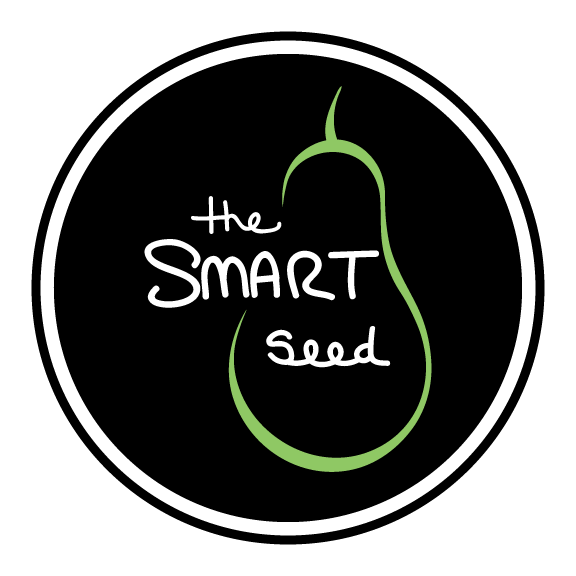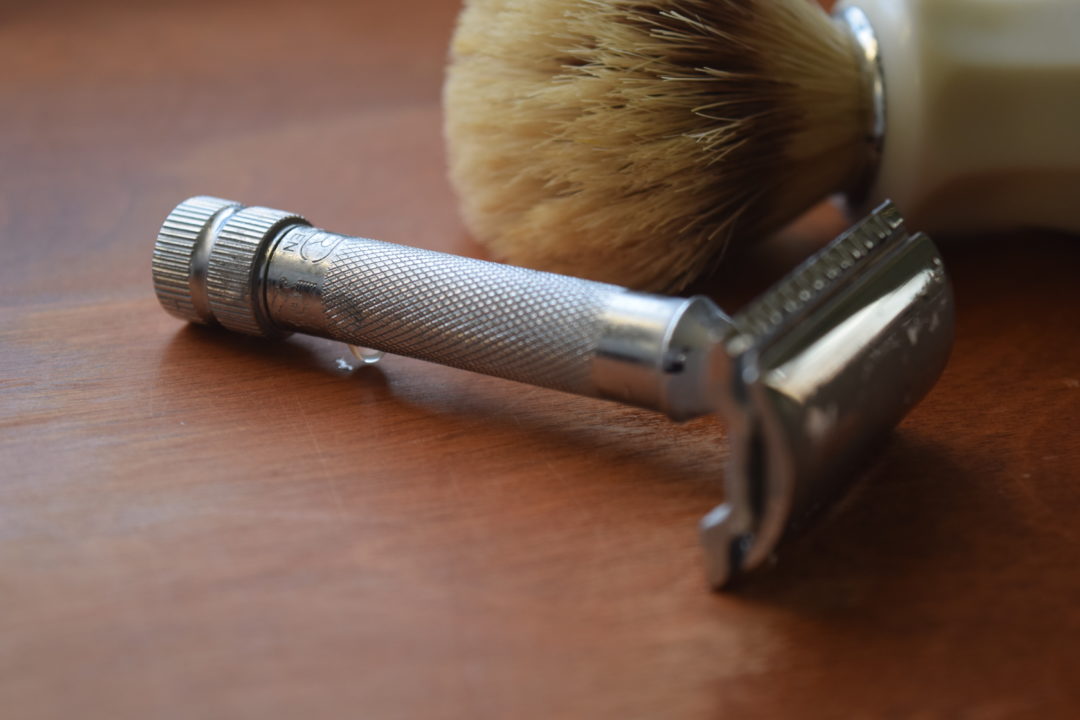Let’s all imagine a common scenario. You are at your local grocery store. You have either just finished work or it’s the weekend, regardless, you are shopping when everyone else is shopping. It’s busy. Your stomach growls and you are a tiny bit faint. You are starving. No, you are fucking starving. If you have children along with you, then you are stretching your neck 360 degrees around trying to keep an eye on where they are and where they are going to be, and hoping that they don’t grab a pear, start chomping down on it only to throw it along the floor, and then to start spastically jumping up and down and yelling in anguish because their pear is on the floor. If you don’t have children, then you are annoyed by the children you don’t have. In this moment as you stare, glassy-eyed at the “stuff” on the shelves do you just grab something…anything? Or, do you compare prices? Do you check ingredients? Do you check the nutritional label? Or, at a time when you are hungry, tired, and annoyed do you ever think, why am I buying this in the first place? And, what am I doing here? You know, existential stuff.
There are numerous obstacles to changing one’s habits and routines, and perhaps the biggest obstacle is the energy required to critically evaluate whether or not a habit needs to be changed at all. As an observer of our consumer habits, I often feel that we are shopping void of thoughtfulness, and I work in the “health food” industry, a magical space where consumers are supposedly gifted with infinite knowledge and the workers are underpaid mythical sages, who survive on a gelatinous mixture of bone broth and apple cider vinegar. So, that’s saying something. We might purchase a different item from the shelf or find a different shelf to purchase a different item, and yet, we move in circles never stepping out of the cyclone that predictably leaves us at the same place where we started. Awhile back, I had a lovely customer who set down a $40 container of gelatin by the till. As I scanned the bar code and the price popped up on the screen she admitted, “I don’t know what I am buying or why I am buying it.” She then pulled out her credit card. She had recently joined a new gym and with the exercise came, not necessarily a meal plan, but suggestions on what to add to your diet encapsulated by exclamation marks. !!Chlorella is amazing!! Perhaps there were words that were thrown her way, like detoxification, anti-inflammatory, and antioxidant. These words sounded good, but what they meant, what they actually meant she, or you, or I did not know, but I am sure this didn’t prevent the words from being used again and again. If one is purchasing a “thing” without true knowledge of the what, where or why then the disconnect between the outcome of purchasing that thing and the individual will remain. If your intent is to make healthier and more environmentally conscious choices, but you don’t explicitly know how your choices will achieve your intent, rather you are making your choices based off of the opinions of others then on the merry-go-round you go.
So, if we are to “buy with thoughtfulness” then in our hurried lives where are we to start. Well, perhaps critical thought begins where your purchasing power ends–in the garbage can. Now, if you are asking yourself, “What does my garbage can have to do with my health?” Well, as consumers we often make the healthier choice rather than the environmental choice. We are a bit selfish in that regard. However, I would suggest that the environmental choice is in actuality the healthier one, and therefore, what we find in our garbage can can often be a reflection on the state of our health and well being. Thus, the next time you are in your kitchen or bathroom and flip up the cover of your waste basket just take a millisecond to see what kind of article is laying on the top and then repeat until this practice becomes a routine. As you glance at the article whisper to yourself, “I worked for this.”
Seeing your garbage is perhaps the most important thing you can do; however, it is also the easiest. Doing something to prevent that garbage takes purposeful action. We must go through every item and ask ourselves, “Is there a better alternative?” And, then do the research to find that alternative and start to implement that into the daily activity of our homes. And, try not to be dismissive, once the “better way” is implemented you are not only making a thoughtful and knowledgeable choice that will save the environment, your health, and your money, but you will also be making a political and economic statement. So, let’s find us an example.
If you found a disposable razor or blade cartridge in your wastebasket then you are one of many that help support the $34 billion shaving market. In the United States alone the disposable razor and cartridges industry is worth $2.95 billion dollars. Now, I personally feel a little silly mentioning disposable razors and it is because it is such an obvious example of a disposable item that has non-disposable alternatives. I didn’t profess to be a genius here! One can purchase a Gillette Fusion ProGlide Razor on Amazon for $15.47 and then purchase eight cartridges to go along with that razor for $33.91 for a total of $49.38. Now, how long will that last you? Well, how long the actually razor lasts you is your prerogative, maybe a few years, but each blade should last you, at most, five weeks, which is approximately one year for nine cartridges. Or, you could purchase a dapper looking Safety Razor for $58.00, which will last, literally, forever, and then spend $16.00 on a hundred blades. Each RECYCLABLE stainless steel blade has a lifespan of two weeks, so one pack of one hundred should cover you for a good four years. And, yet, despite the fact that I feel silly bringing this up most everyone is still choosing the eight non-recyclable cartridges. Why? Well, maybe we are short term thinking consumers, who think it’s a better deal if it costs less up front. Or, maybe it’s because we are hurried, tired, and hungry, and just don’t have the time or the energy to change or want to change. Whatever may be the reasons, I feel like there is real psychological and sociological obstacles preventing us from making the choice that is best for us. Oh, yes, and one shall not forget, the Safety Razor also gives a better shave.

